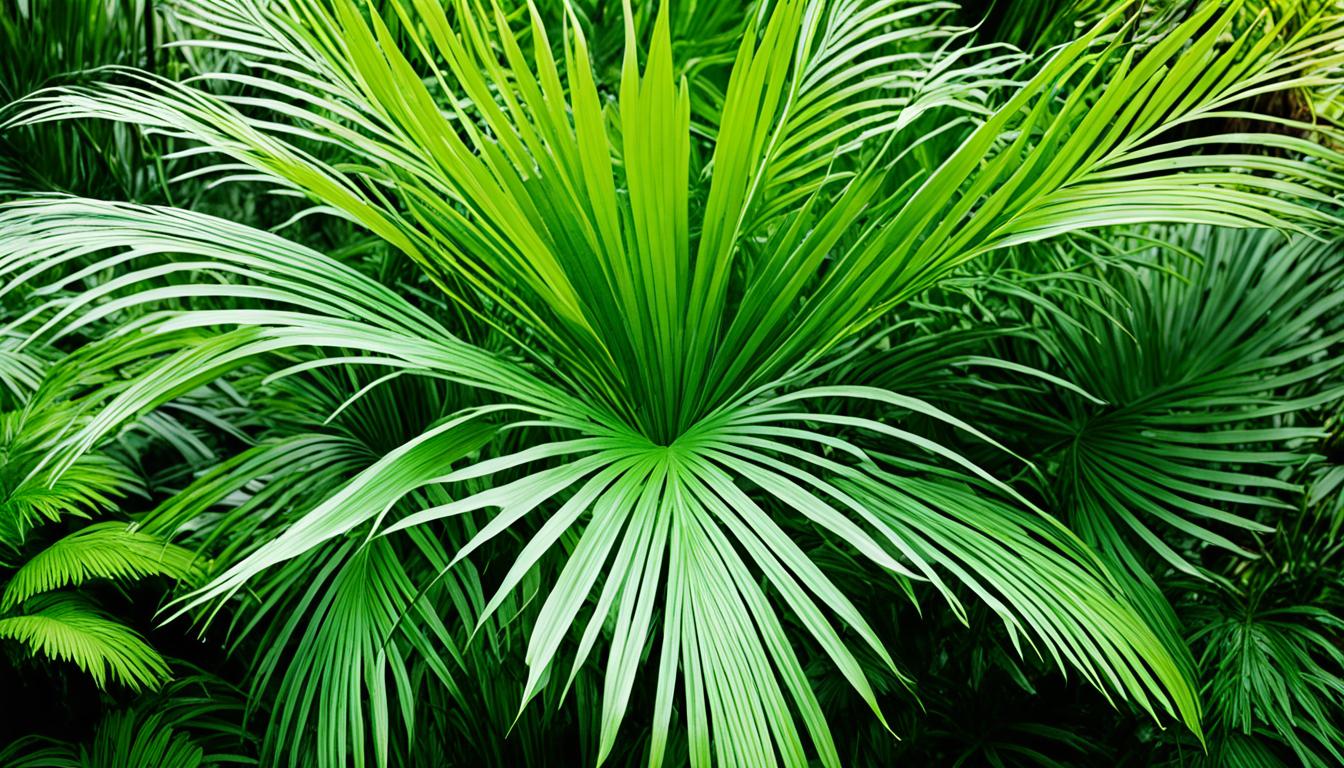Did you know indoor plants make the air better and lower stress? It’s true! The Kentia Plant is perfect for its beauty and easy care. It suits both new and experienced plant lovers. This guide helps you grow a Kentia Plant in your home.
Key Takeaways:
- The Kentia Plant adds elegance and a tropical vibe to any apartment.
- It is an air-purifying plant and safe for pets.
- The Kentia Plant can reach heights of up to 6 feet, making it suitable for different apartment sizes.
- Proper care includes providing the right pot, soil, light, water, and nutrition.
- Regular maintenance, pruning, and monitoring for pests and diseases are essential for a healthy Kentia Plant.
Why Do We Love the Kentia Plant For Apartments?
People love the Kentia Plant for their homes because it grows well inside. It looks good and is good for your health. That’s why many choose it for their apartments.
Is the Kentia Plant Air-Purifying?
The Kentia Plant is more than just pretty. It cleans the air too. It takes out bad stuff and makes air better. So, it makes your place lovely and air fresh.
Is the Kentia Plant Pet Friendly?
Pet owners will be happy with the Kentia Plant. It’s safe for cats and dogs. So, your pets are safe, and your place looks nice.
How Big Does the Kentia Plant Get?
This plant is perfect for any apartment size. It usually grows to about 6 feet tall. This means it fits well in big or small spaces, adding green without taking over.
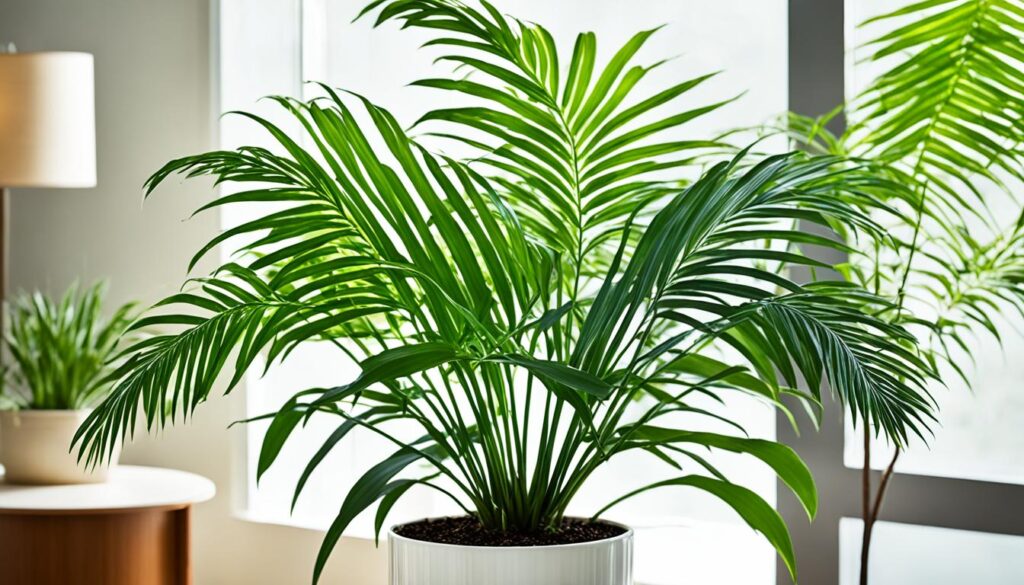
How to Grow a Kentia Plant – Learn to Grow this Indoor Beauty
Growing a Kentia Plant is fun. You need to do a few things right. Pick the correct pot and soil, provide enough light, and water it right. You also need to think about humidity, food, how to trim it, ways to make more plants, and looking out for bugs and sickness. Doing these steps will help your Kentia Plant grow strong and healthy.
Choosing the Right Pot and Soil
Choose a pot with holes at the bottom. This stops too much water from staying in the pot. The pot should let the roots spread. The soil must drain well but keep some moisture. This balance is key for the roots to be healthy.
Providing Adequate Light
Kentia Plants like a good amount of light. Put them near a window that gets some sun but not too direct. They need a few hours of indirect sunshine daily. Direct sun can burn the leaves.
Watering and Humidity
Water your plant well but let the top soil dry before watering again. Too much water is bad and so is too little. Keep the air around it moist, especially when it’s dry inside. You can mist the leaves or use a humidifier in winter.
Nutrition and Fertilization
Feed your Kentia Plant with a slow-release or palm fertilizer in spring and summer. Always follow the fertilizer’s directions. These foods help the plant grow big and the leaves stay bright.
Pruning and Maintenance
Take off yellow or dead leaves to keep your plant looking nice. Also, remove any small new plants growing at the base. This helps the main plant grow better.
Propagation
You can make new Kentia Plants from stem cuttings or by splitting the plant. Cuttings need to root in a special mix. Splitting involves dividing the plant into pieces. Pick the method you like best.
Monitoring for Pests and Diseases
Look out for bugs like scale, mealybugs, and spider mites. You can use bugs that eat them, like ladybugs. Or treat with safe chemicals if needed. Also, watch for diseases like root rot and leaf spot. Quick action and good care will keep your plant happy and growing well.
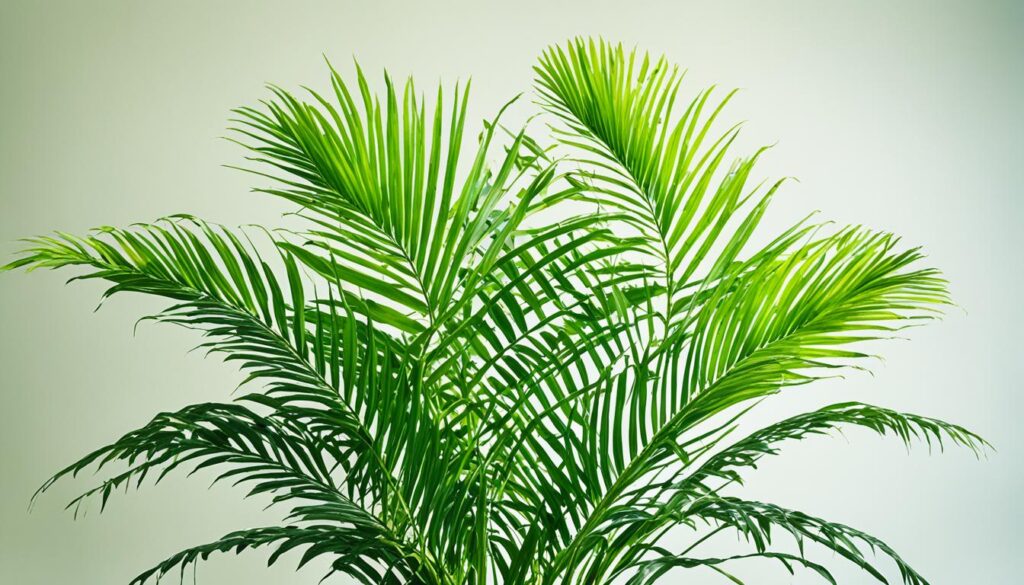
| Aspect of Care | Description |
|---|---|
| Potting and Soil | Choose a well-draining pot with drainage holes. Use a potting mix that retains moisture while ensuring good drainage. |
| Lighting | Place the plant in medium to bright light. Avoid direct sunlight. |
| Watering and Humidity | Water thoroughly and allow the top inch of soil to dry out between waterings. Maintain consistent humidity levels. |
| Nutrition and Fertilization | Feed with a balanced, slow-release fertilizer during the growing seasons. |
| Pruning and Maintenance | Remove yellow or dead leaves and suckers. Maintain overall plant aesthetics. |
| Propagation | Propagate through stem cuttings or division. |
| Pest and Disease Control | Regularly monitor and treat for pests and diseases to maintain plant health. |
Appearance of Kentia Plant
The Kentia Plant is also called Howea forsteriana. It looks elegant and tropical. It is tall and thin, making any room look beautiful. Its lush, feathery fronds stand out. They can be as long as a foot. These fronds make the plant look like a mini tropical paradise.
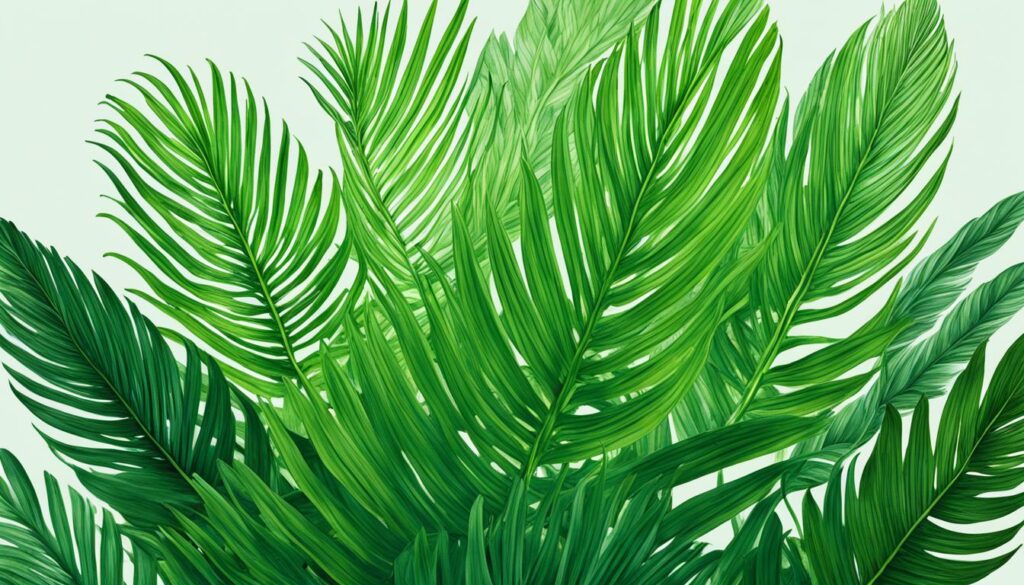
The Kentia Plant’s fronds look very pretty. They make a room feel calm and peaceful. The green leaves create a tropical mood. It’s like having a piece of paradise at home.
Light Requirements for Kentia Plant
The Kentia Plant needs moderate light to grow well. It does best in medium to bright light. Put it near a window that gets filtered light. This helps it grow strong and healthy.
This plant uses light to make food through photosynthesis. Its leaves have chlorophyll which turns light into energy. So, it needs enough light to grow.
But, if it gets too little light, it won’t grow right. Its leaves will be weaker. It’s important to give it just enough light.
Here’s how to keep your Kentia Plant happy with light:
- Keep it by a window where it gets filtered light.
- Don’t let direct sunlight hit it. This can hurt its leaves.
- Use a grow light if there’s not enough natural light.
- Turn it now and then. This helps it get light all around.
With the right light, your Kentia Plant will look great. It makes your indoor space more beautiful.
Watering Requirements of The Kentia Plant
Watering your Kentia Plant right is key. It likes being moist but not too wet. Getting the balance right ensures good growth and avoids problems.
For your Kentia Plant, here’s what you need to do:
Signs of Overwatering vs. Underwatering
Knowing if you’re giving too much or too little water is crucial. Here are signs to watch for:
- Overwatering: Yellow or brown leaves, soggy soil, and bad smell mean too much water. See these? Water less and let the soil dry first.
- Underwatering: Dry leaves and drooping show it needs more water. If it looks thirsty, water more after the top soil dries.
Check the soil and leaves to know how much water it needs. It’s okay to under-water it a bit. This plant handles dry better than too wet.
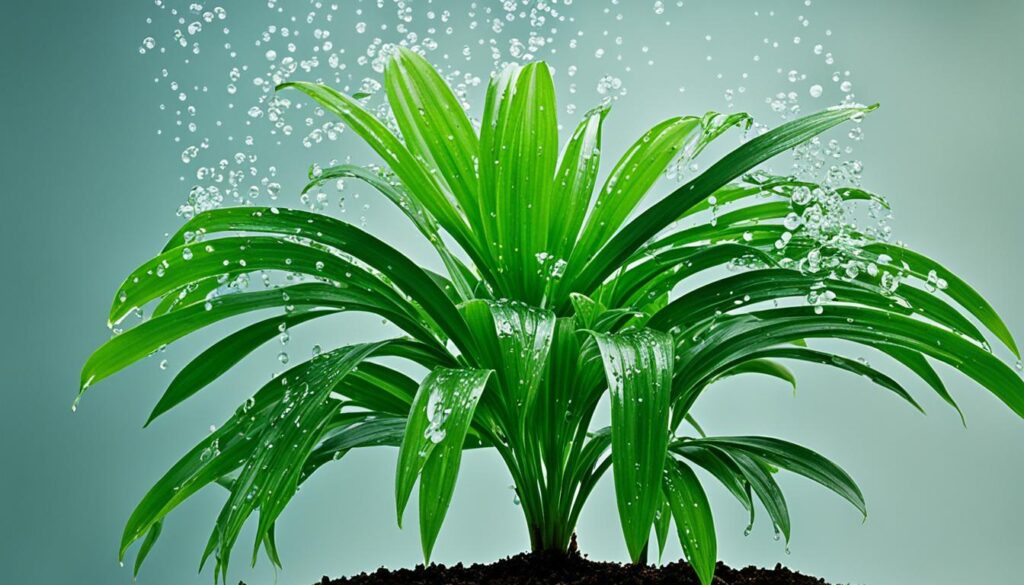
Fertilizing Kentia Plants
Fertilizing is key for Kentia Plants to grow well. These plants need special nutrients. The right fertilizer keeps them nourished without lack.
Recommended Fertilizer for Kentia Plants
Use a balanced, slow-release fertilizer for Kentia Plants. Or a palm fertilizer works too. These give nutrients slowly to help the plant.
Fertilize every 2-3 months in spring and summer. This helps during their growth time. Always use the amount the fertilizer package says.
Too much fertilizer is bad. It can hurt Kentia Plants. So, don’t use more than advised.
Right fertilizer and schedule mean healthy Kentia Plants. They’ll look good and be happy.
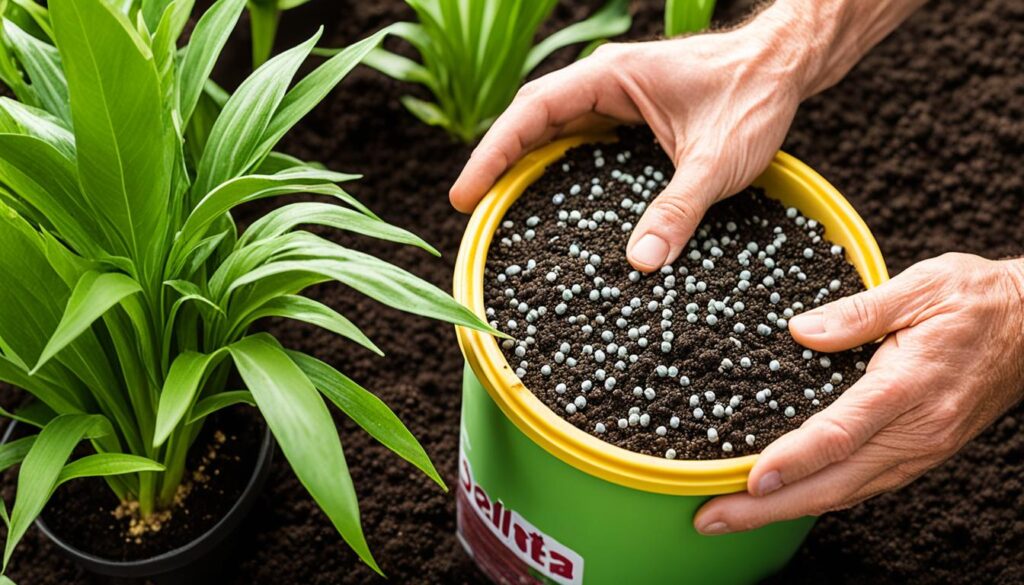
Potting Kentia Plants
Potting is very important for Kentia Plants. It gives roots space to grow and stops overcrowding. Also, picking the right pot and soil mix is key for the plant’s health.
Choosing the Right Pot Size
When potting Kentia Plants, picking the right pot is vital. It needs to let the roots grow properly. The pot should be big enough for the roots but not too tight.
Look at the plant’s roots to pick the right pot size. If the roots look crowded or wrap around the pot, the plant needs a new home.
Using the Right Potting Mix for Kentia Plants
The best soil mix is essential for Kentia Plants. It should drain well but keep moisture. This kind of soil stops water from pooling and lets roots breathe.
The perfect soil mix has peat moss, perlite, and sand. This mix keeps water and air balanced. Avoid soils that hold too much water. They can make roots rot.
Repotting When Necessary
Repot when the Kentia Plant is too big for its pot or if the soil is old. Repotting gives new soil and more room for the roots.
Take the plant out gently and check the roots. If they’re packed or twisted, the plant needs a bigger pot. Pick a new pot and use fresh soil. Make sure to water it well to settle the soil around the roots.
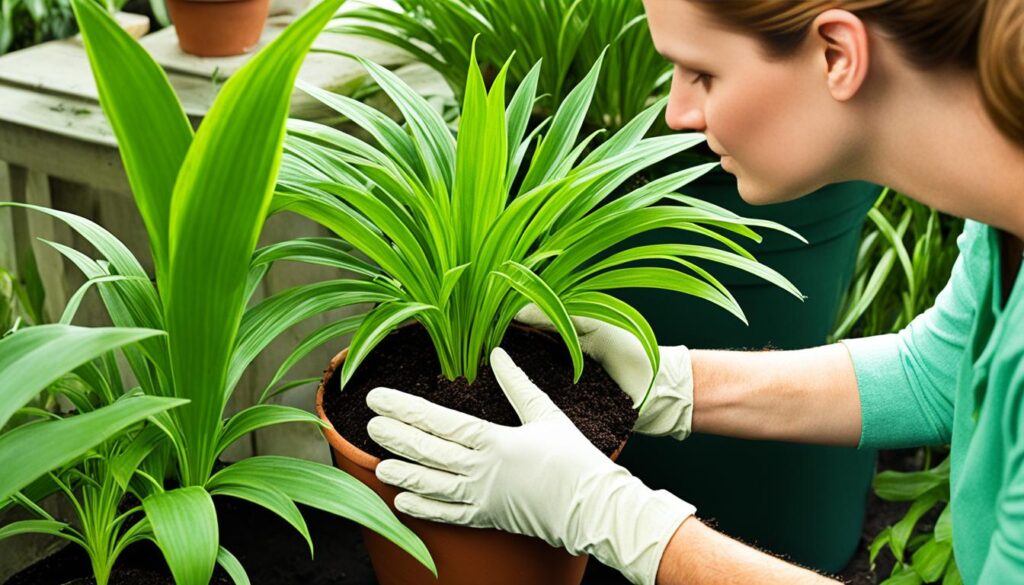
Propagating Kentia Plants
You can make more Kentia Plants or share them by propagating. Choose from stem cuttings or division.
Stem Cuttings or Seeds?
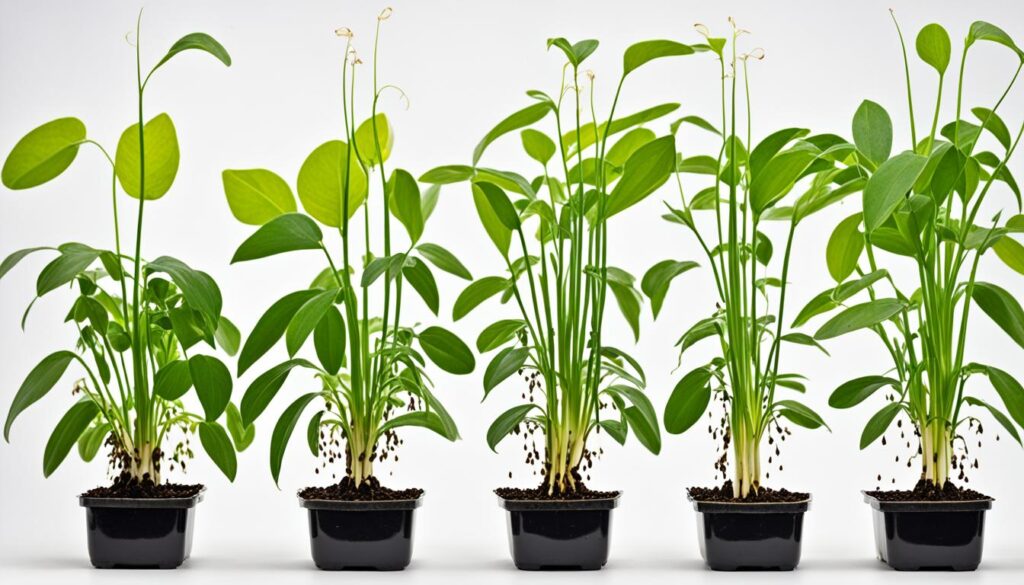
Stem cuttings are a favorite way to make new plants. Take a part of the stem and help it grow roots. Pick a good stem and cut below a leaf. Take off lower leaves and use rooting hormone. Then, plant it in a mix of soil and perlite. Keep it wet until it has roots. Once the cutting has been planted, place it in a warm, indirect light location to encourage healthy growth. To ensure optimal conditions, consider researching paper plant care techniques, which can provide valuable insights into maintaining humidity and moisture levels for your new cutting. Regularly check the soil, and be patient, as it may take a few weeks for roots to form and establish a strong foundation for your new plant.
If you like to start from the beginning, try seeds. Get mature seeds and plant them. Cover them a little with soil. They need warmth, wetness, and light to grow. But, using seeds needs more time for the plants to grow big.
Division Of A Kentia Plant
Division works when your Kentia is big enough to make more plants. Split the plant carefully so each piece has roots. Do this in spring or summer. Plant each part in its own pot. Use soil that drains well.
Whichever way you choose, take good care of your new plants. They need the same love as the big ones. With care, they will become beautiful Kentias. They will make any place look great.
Growth and Development of Kentia Plants
Kentia Plants grow slowly but can get tall with good care. Understanding how they grow helps them do well indoors. They need right light, water, food, and air to grow strong.
Kentia Plants like bright light but not direct sun. Put them near a window where light is soft. Rotate them so they grow evenly.
Water is key for these plants. They like their soil moist but not wet. Water them when the top soil is dry. This stops root rot and wilting.
Feeding Kentia Plants helps them grow. Use a slow-release food or one for palms. Feed them in spring and summer as the food package says.
They also need the right home environment. They like it warm, between 65-75°F, and not too dry. Keep them away from cold drafts and sudden temperature changes.
Looking after Kentia Plants takes time and care. With the right care tips, you will see them flourish.
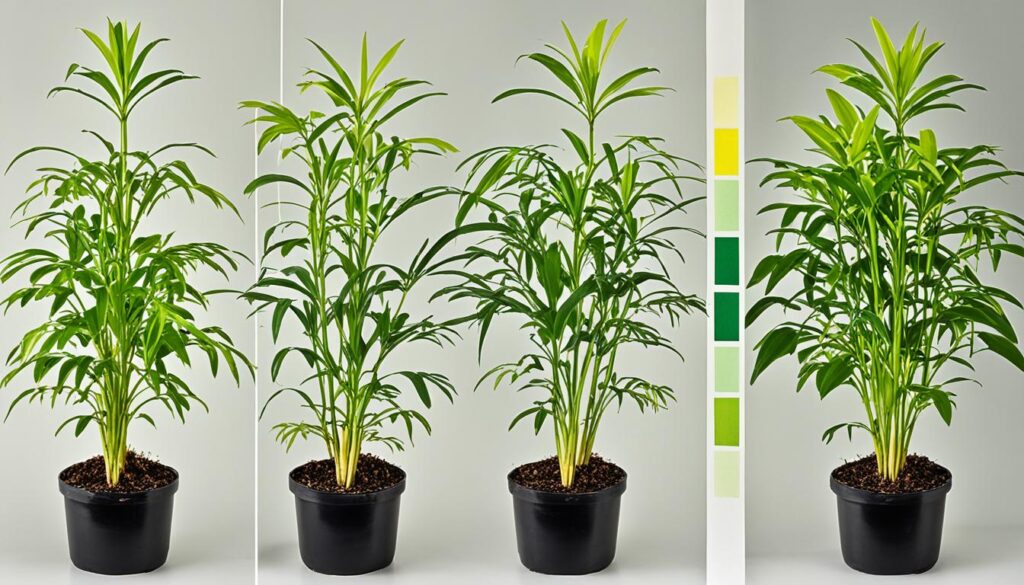
Dealing with Pests and Diseases in Kentia Plants
Kentia Plants are tough, but they can face pests and diseases. It’s key to keep them healthy and fix problems early.
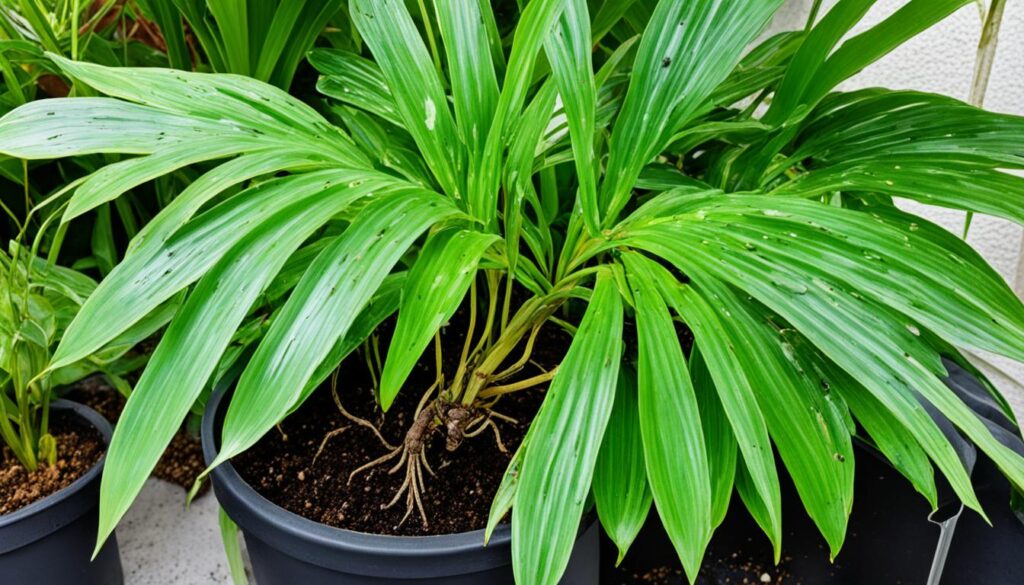
Pests: Scale insects, mealybugs, and spider mites are common pests. They harm the plant by sucking its sap. Check your Kentia Plant for sticky stuff, webbing, or bugs. If you see pests, try washing them off or use insecticidal soap.
Diseases: Root rot and leaf spot can hit Kentia Plants too. Bad drainage or too much water causes these. Use well-draining soil and don’t overwater. Spot yellow or brown leaves? Act fast by fixing the water issue or using fungicide.
Keep your Kentia Plant healthy and happy. Give it the right light, water, and food. Clean up dead leaves to stop pests and disease.
| Common Pests | Prevention and Management |
|---|---|
| Scale Insects | – Regularly inspect the plant for signs of infestation – Wash off pests with water or use insecticidal soap – Introduce natural predators such as ladybugs or predatory mites |
| Mealybugs | – Check the plant for fluffy white residue or cotton-like clusters – Remove pests manually with a cotton swab dipped in alcohol – Use insecticidal soap or horticultural oil as a last resort |
| Spider Mites | – Look for tiny red or brown dots on the undersides of leaves – Increase humidity to discourage mite infestations – Spray the leaves with water or use insecticidal soap |
Stop pests and diseases by watching your plant and taking action early. This keeps your Kentia Plant happy and healthy.
Common Kentia Plant Pests
The Kentia Plant is strong but can face bug problems. Scale insects, mealybugs, and spider mites are common bad guys. These pests drink plant sap and slow its growth.
To keep your Kentia Plant healthy, spot pests fast and fight them right. Check its leaves, stems, and soil to catch bugs early. Look for sticky stuff, sad leaves, tiny webs, or bugs. Seeing any of these means you should act fast.
There are a few ways to get rid of these pests. Here are some good ones:
- Natural Remedies: Sometimes, natural ways work best against pests. Mixing water with mild soap can kill the bugs. But test this mix on a small plant part first.
- Manual Removal: If there are many pests, pick them off by hand. Use a soft cloth with rubbing alcohol to clean the plant. This removes bugs and their eggs.
- Chemical Treatments: For tough cases, chemicals may help. Use special bug killers made for Kentia Plants. Always follow the product guide to be safe and get good results.
If you deal with pests quickly and use the right methods, your Kentia Plant will stay beautiful and healthy.
Natural Predators
Ladybugs and predatory mites help fight pests in Kentia Plants. They eat aphids, spider mites, and scale insects. This keeps the plant healthy without chemicals.
Isolate Infected Plants
Isolate your sick Kentia Plant right away. This stops pests and diseases from spreading. By isolating, you protect healthy plants and help the sick one heal.
Chemical Treatment
Sometimes, natural methods and isolating aren’t enough. Then, chemicals may help with tough pests. But, always be careful. Follow the directions and think about the planet too.
Disease Prevention For Kentia Plants
To make sure your Kentia Plants stay healthy, good care is needed. Simple steps can keep them disease-free and happy.
Don’t water them too much and make sure they drain well. Overwatering causes root rot, which is bad for the plant. Let the soil dry before you water again.
Keep the area around your plants clean and check for pests. If you see pests or disease, act quickly to stop them.
Good light, water, and food help prevent diseases. Also, keep the right temperature and humidity.
With the right care, your Kentia Plants will be healthy. This lets them grow well in your home.
Tips for Maintaining Kentia Plants
It’s very important to take good care of your Kentia Plants. Following these tips will help them grow well.
Wiping Leaves
Wipe the leaves with a damp cloth often. This keeps them dust-free and helps with photosynthesis.
Dust stops the plant from getting light and nutrients. Clean leaves help the plant breathe and grow.
Outdoor Exposure
Sometimes, let your plants stay outside. Fresh air and light are good for them.
Be careful of too much sun and big temperature changes. Choose a shady place outdoors for your plant.
Adjusting Watering Schedule
Watering right is key for your Kentia Plants. Change how much you water with the seasons.
In hot months, they need more water. In cold months, they need less. Water when the soil’s top inch is dry.
Tips for Successful Overwintering of Kentia Plant
To overwinter your Kentia Plant right, care for it inside and keep it warm. Follow these tips for success:
- Keep the plant indoors: In cold months, bring the Kentia Plant in to protect it. Keep it away from drafts and extreme temperature changes.
- Maintain consistent temperatures: Kentia Plants like a stable temperature. Keep it between 60°F and 75°F (15°C and 24°C) in the winter.
- Ensure adequate lighting: Bright, indirect sunlight is best for the plant. Place it near a window with filtered light.
- Monitor humidity levels: A moderate level of humidity keeps the plant happy. Use a humidifier or a tray of water to increase humidity.
- Water sparingly: Water less in winter. Let the top inch of soil dry before watering to avoid root rot.
- Avoid fertilizing: Don’t fertilize in winter. The plant is dormant and doesn’t need it.
Follow these tips to keep your Kentia Plant healthy all winter.
| Temperature | Lighting | Humidity | Watering |
|---|---|---|---|
| Maintain consistent temperature between 60°F and 75°F (15°C and 24°C) | Provide bright, indirect sunlight | Maintain moderate humidity levels | Allow top inch of soil to dry out before watering |
Growing Kentia Plant from Seed
Growing a Kentia Plant from seeds is rewarding. You watch it grow from a tiny seed. Follow this guide to grow your own:
- Obtain viable seeds: Buy or collect Kentia Plant seeds from a trusted source.
- Prepare a suitable seed-starting mix: Mix peat moss, perlite, and vermiculite.
- Sow the seeds: Use a seed tray or small pots with your mix. Add one or two seeds per container. Cover them lightly.
- Provide optimal germination conditions: Seeds need warmth and high humidity. Keep them under grow lights or in a greenhouse.
- Water carefully: Soil should be moist, not wet. Use a spray bottle for watering.
- Be patient: Seeds take weeks to sprout. Keep caring for them well.
- Care for the seedlings: Let them get used to light slowly. Change how often you water them.
- Transplant to bigger pots: When they have a few leaves, move to bigger pots.
- Provide ongoing care: Give light, water, and nutrients. Watch for pests and diseases.
- Enjoy your fully grown Kentia Plants: With care, they’ll become beautiful plants in your space.
Remember, growing these plants takes careful attention and patience. Following these steps will help you enjoy thriving plants.
Varieties of Kentia Plant
The Kentia Plant is loved for indoor spaces. It has types, each special in its own way. The most seen types are Howea forsteriana and Howea belmoreana. Howea forsteriana has tall, pretty fronds. They make any room look nice. Howea belmoreana, though, has shorter fronds that hang down. This gives a laid-back feel to the room. Both kinds are beautiful and can make your place look better.
Though they look a bit different, taking care of them is much the same. Both Howea forsteriana and Howea belmoreana like places that are bright but not in direct sun. They are okay with different kinds of light and can handle less bright areas. With enough water, some humidity, and a bit of food, these Kentia Plants will grow well.
Thinking about Howea forsteriana and Howea belmoreana, consider what you like and can do. If you want a plant that stands tall and brings elegance, go for Howea forsteriana. If you like a chill, tropical feeling with plants that have hanging fronds, Howea belmoreana is better. No matter which one you pick, the Kentia Plant will add beauty and a tropical flair to your space.

